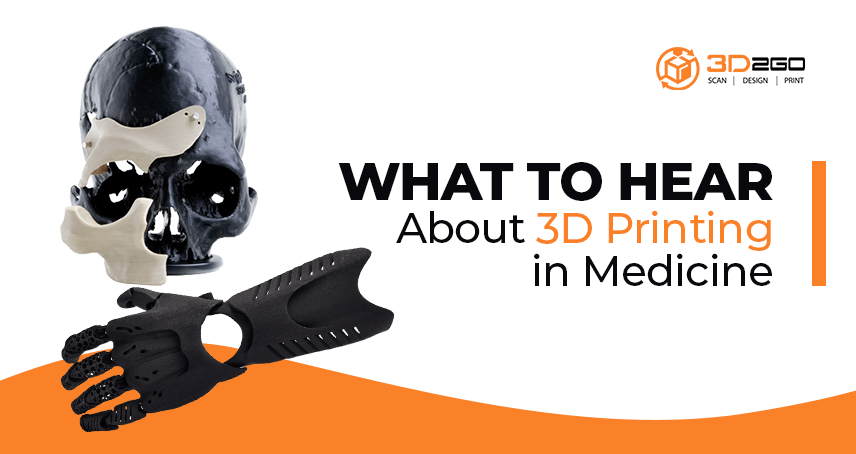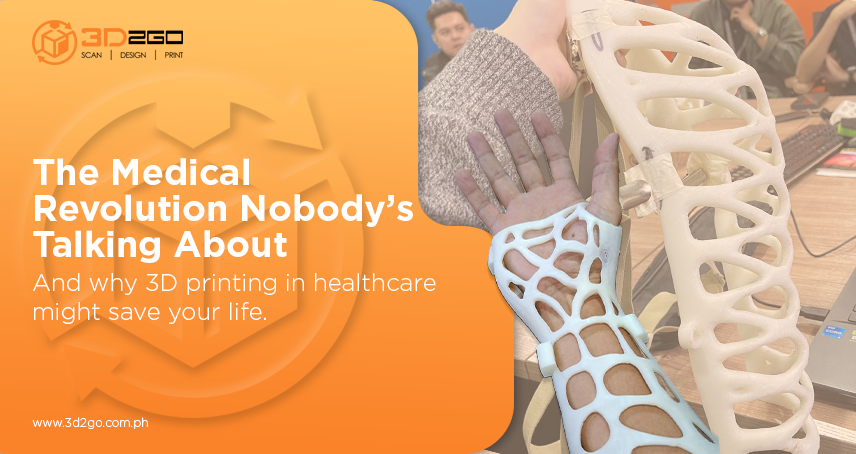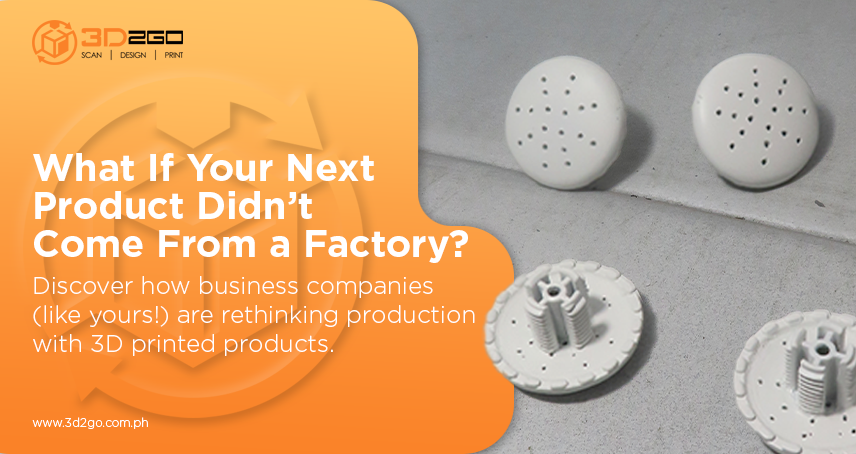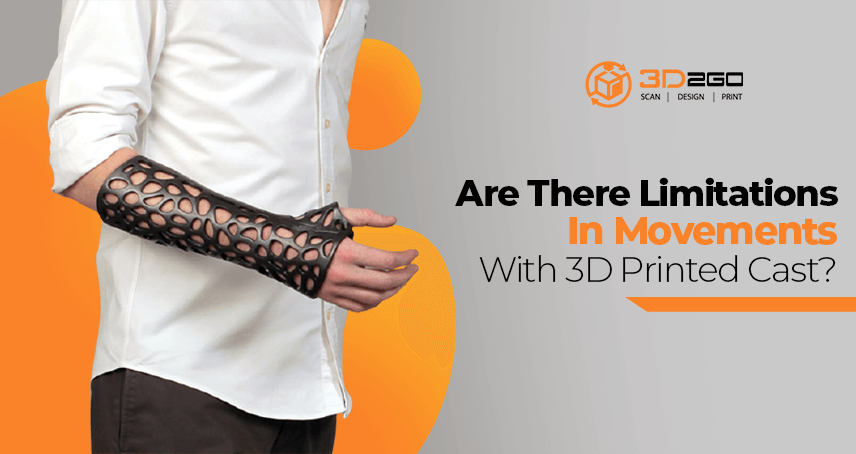
3D Reverse Engineering – How it Works
June 20, 2022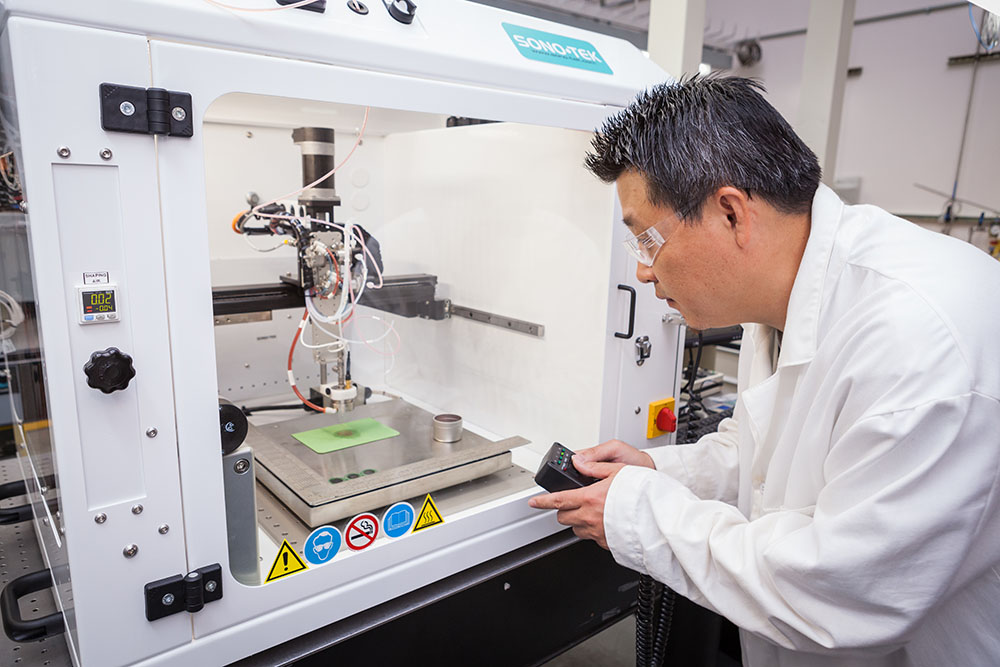
3D Printing Stretches Arms to Research and Development
June 21, 2022The Possibilities Of 3D Technology In The Medical Field
When talking about 3D custom printing, the conversation usually revolves around plastic filament spools and all the cool and unique consumer things you can print. But 3D technology is more than just printing products to be sold.
Have you ever heard of stories of people losing an ear in an accident or having microtia? In instances like these, it’s possible to get a replacement, similar to how you would get a new arm or foot. So it’s not entirely surprising to hear how 3D printing for end-users can be used to print functional ears.
3D Printing in Medicine: Bioprinting & Microtia
Ear 3D printing is more than just putting bioink into your printer and selecting its size. 3D-printed ears can pick up radio signals if you prefer. Did that perk up your ears?
Then perhaps you can start with more understanding of bioprinting and microatia.
First off, 3D bioprinting is technically one of the many forms of 3D printing services. The only difference is that the material used to print is of live tissues. These tissues, sometimes referred to as stem cells, are the bioinks and are made up of cultures of live cells to be 3D printed.
On the other hand, there is microatia wherein about one in every 8,000 children is born with. This may have a negative impact on their hearing and wellbeing if not treated.
But what is microatia? It is a birth defect that causes a missing, or malformed, ear.
For years, doctors have used auricular reconstruction to treat this defect. It requires a piece of rib cartilage taken from the patient’s chest. It is then carved into the shape of an ear and slid under the cranial skin. Lastly, it is stitched into place. This procedure takes about two to four surgeries.
One downside of this treatment is that the new ears are often thicker than normal, and it doesn’t match the other ear. Moreso, patients might also have permanent chest scarring. Additionally, because the cartilage has not finished growing, children would have to wait at least until they turn eight years old before considering the surgeries.
Common procedures that are done to treat microatia includes rib cartilage reconstruction, plastic implants or prostheses.
Does 3D scanning come in useful in the procedure?
As stated above, 3D printing services have been in the fabrication of ear implants, thus helping with microtia.
But one of our studies shows that even 3D scanning has its role in the procedure.
Craniofacial-trained plastic surgeons wanted to find a better way to fix microtia. Some California-based surgeons were keen on determining how creating a new ear out of something other than rib cartilage could be a vital improvement in the industry.
The surgeons first looked into developing two-piece implants as synthetic ear frameworks. Additionally, they were also able to see advantages such as:
- Improved appearance
- Less painful surgeries
But there was a likelihood that the implant would fracture sometime in the future. Thus, they turned to one-piece implants made from high-density porous polyethylene that’s medically safe and are better made to last a lifetime.
An example of this study is that of the “Lewin Ear” implant.
Conclusion
Approaches to how we solve medical problems are constantly evolving. New gear and gadgets are being invented to better our health and well-being.
After an initial consultation with patients, they return to the hospital to have their unaffected ear scanned. Integrating 3D2GO’s printing & scanning for ear reconstruction practice has both simplified and systematized the ear-building process.
But of course, there will still be 3D printing in the medical field. That is where we basically come in. Contact us for more details!


